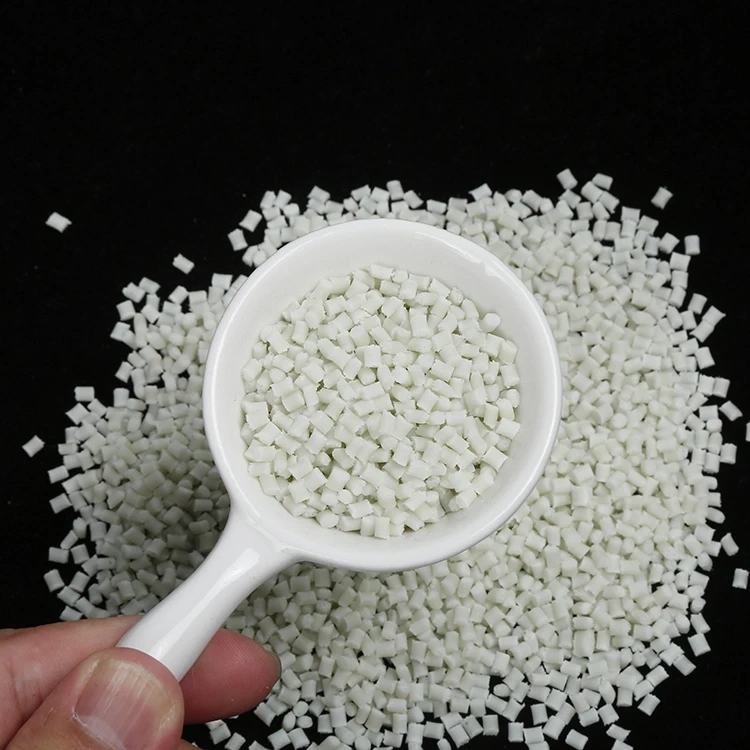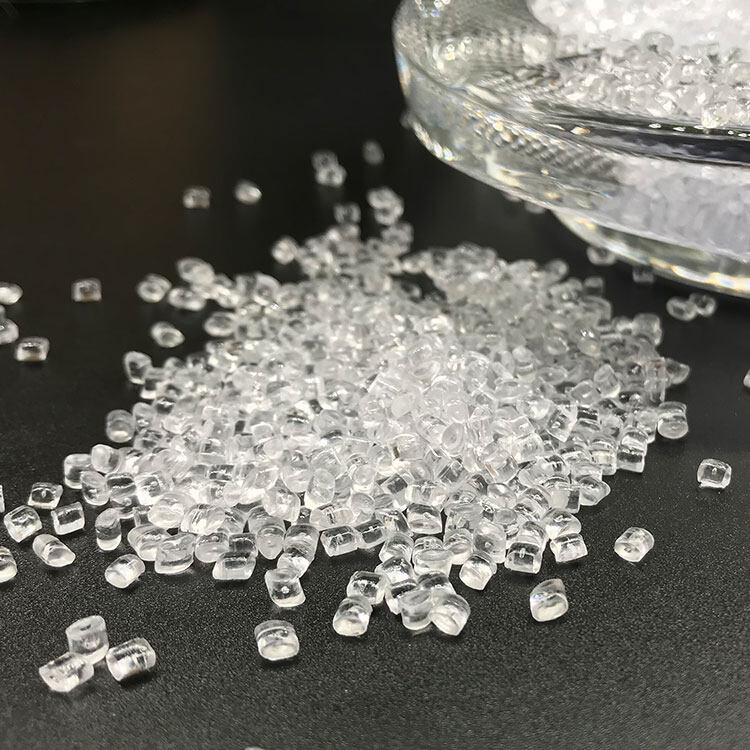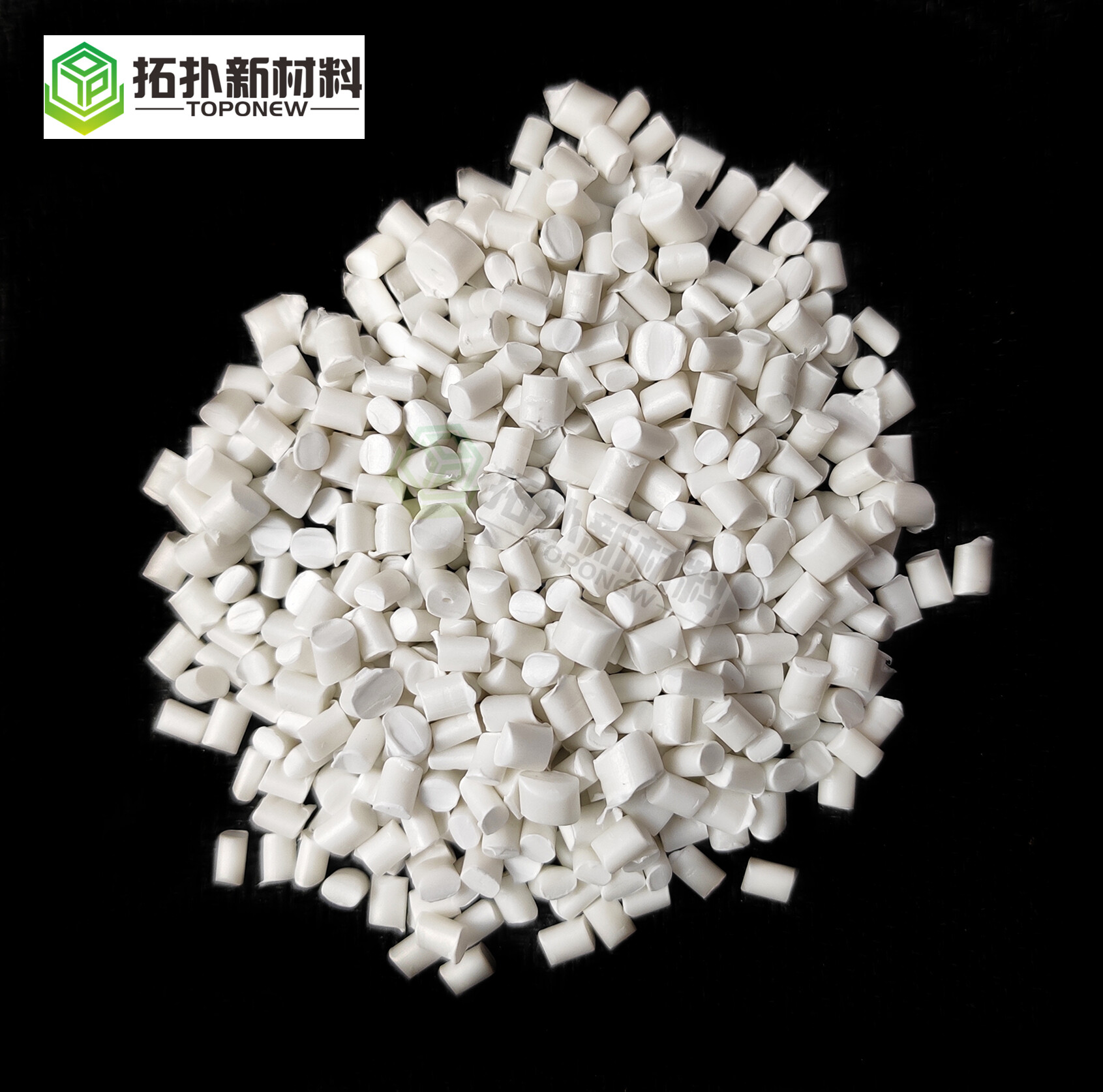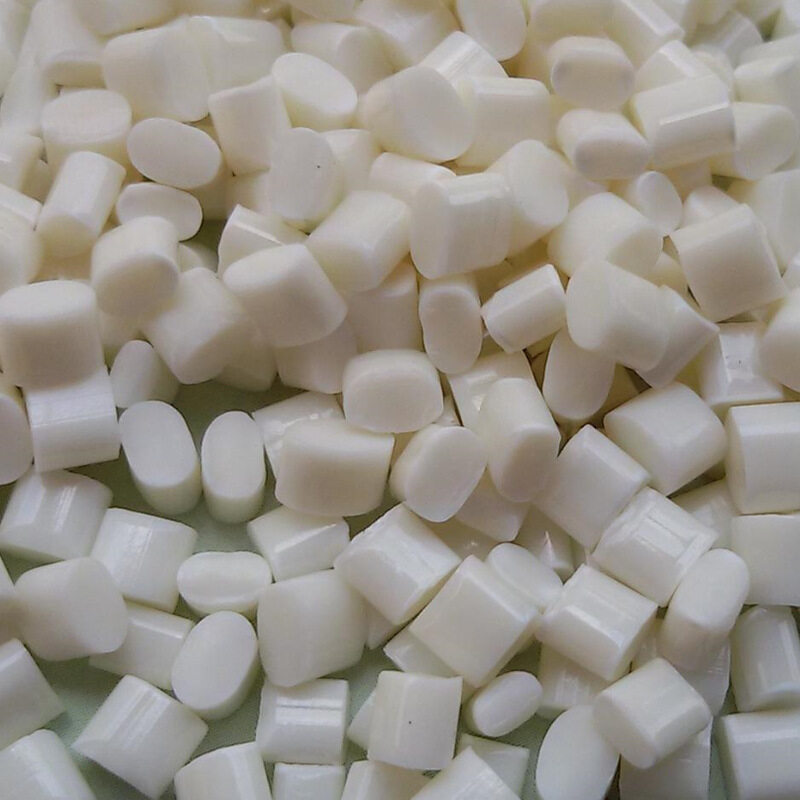Email format error
Email cannot be empty
Email already exists
6-20 characters(letters plus numbers only)
The password is inconsistent
Email format error
Email cannot be empty
Email does not exist
6-20 characters(letters plus numbers only)
The password is inconsistent

Offer Technical Support and Customized Solutions
The company is committed to creating new and improved plastic materials to meet the evolving demands of the market.

Five Major Engineering Plastics Introduction
Introduction
There are many types of engineering plastics. Generally speaking, the five major engineering plastics refer to the five engineering plastic materials with the largest output and the most widely used in industrial production. Mainly including polyamide (nylon, Polyamide, PA), polycarbonate (PC), polyoxymethylene (Polyacetal, Polyoxy Methylene, POM), thermoplastic polyester (polybutylene terephthalate, PBT), polyphenylene ether (Polyphenylene Oxide, PPO ).
1. Polyamide (nylon, Polyamide, PA)
Polyamide is commonly known as nylon (Nylon), and its English name is Polyamide (PA for short). It is the general name for thermoplastic resins containing repeating amide groups - [NHCO] - on the main chain of the molecule. Including aliphatic PA, fat-aromatic PA and aromatic PA. Among them, aliphatic PA has many varieties, large output, and wide application. Its name is determined by the specific number of carbon atoms of the synthetic monomer.
The main varieties of nylon are nylon 6 and nylon 66, which are absolutely dominant, followed by nylon 11, nylon 12, nylon 610, nylon 612, nylon 1010, nylon 46, nylon 7, nylon 9, nylon 13, and new Varieties include nylon 6I, nylon 9T and special nylon MXD6 (barrier resin). There are many modified varieties of nylon, such as reinforced nylon, monomer cast nylon (MC nylon), reaction injection molding (RIM) nylon, aromatic nylon , transparent nylon, high impact (super tough) nylon, electroplated nylon, conductive nylon, flame retardant nylon, nylon and other polymer blends and alloys, etc., to meet different special requirements and are widely used as replacements for traditional materials such as metal and wood. Supplies, as various structural materials.
Nylon properties: Nylon is a tough angular translucent or milky white crystalline resin. As an engineering plastic, the molecular weight of nylon is generally 15,000-30,000. Nylon has high mechanical strength, high softening point, heat resistance, low friction coefficient, and wear resistance. , self-lubricating, shock-absorbing and silencing, oil-resistant, weak-acid-resistant, alkali-resistant and general solvent-resistant, good electrical insulation, self-extinguishing, non-toxic, odorless, good weather resistance, poor dyeability. The disadvantage is that it has high water absorption, which affects the dimensional stability and electrical properties. Fiber reinforcement can reduce the water absorption rate of the resin, allowing it to work under high temperature and high humidity. Nylon has a very good affinity with fiberglass.
Among nylons, nylon 66 has the highest hardness and rigidity, but the lowest toughness. Various nylons are sorted by toughness: PA66
The flammability of nylon is UL94v-2, the oxygen index is 24-28, the decomposition temperature of nylon is >299°C, and spontaneous combustion will occur at 449~499°C.
Nylon has good melt fluidity, so the wall thickness of the product can be as small as 1mm.
2. Polycarbonate (PC)
Polycarbonate (abbreviated as PC in English) is a polymer containing carbonate groups in the molecular chain. According to the structure of the ester group, it can be divided into aliphatic, aromatic, aliphatic-aromatic and other types.
The application fields of PC engineering plastics include glass assembly industry, automobile industry, electronics and electrical appliance industry, followed by industrial machinery parts, optical discs, packaging, computers and other office equipment, medical and health care, films, leisure and protective equipment, etc.
3. Polyacetal (Polyoxy Methylene, POM)
Polyoxymethylene (POM), also known as acetal resin, polyoxymethylene, and polyacetal, is a thermoplastic crystalline polymer, known as "super steel" or "race steel".
Polyoxymethylene is easy to crystallize, with a crystallinity of more than 70%. The high degree of crystallization of POM causes it to have a very high shrinkage rate, which can be as high as 2% to 3.5%. There are different shrinkage rates for various reinforced materials. The melting temperature of homopolymer is about 180°C. It is another engineering plastic with excellent comprehensive properties after polyamide. It has high mechanical properties, such as strength, modulus, wear resistance, toughness, fatigue resistance and creep resistance, and also has excellent electrical insulation properties. , solvent resistance and processability, it is one of the five general engineering plastics.
4. Thermoplastic polyester (polybutylene terephthalate, PBT)
Polybutylene terephthalate (English name polybutylene terephthalate; PBT for short), also known as polytetramethylene terephthalate (polytetramethylenene terephthalate), is made by terephthalic acid and 1,4-butanediol Polyester made from polycondensation. The most important thermoplastic polyester, one of the five major engineering plastics.
PBT is a milky white translucent to opaque, semi-crystalline thermoplastic polyester. It has high heat resistance, can work at 140℃ for a long time, has toughness, fatigue resistance, self-lubrication and low friction coefficient. Not resistant to strong acids and alkalis, resistant to organic solvents, flammable, and decomposes at high temperatures. Due to these excellent properties, it has been widely used in automobiles, mechanical equipment, precision instrument components, electronic appliances, textiles and other fields.
5. Polyphenylene Oxide (PPO)
Polyphenylene ether is a high-strength engineering plastic developed in the 1960s. Its chemical name is poly2,6-dimethyl-1,4-phenylene ether, referred to as PPO (Polyphenylene Oxide) or PPE (Polypheylene ether), also known as It is polyphenylene oxide or polyphenylene ether.
Pure PPO material has the disadvantages of poor melt fluidity and high price. The products sold on the market are all improved products with excellent comprehensive properties. They are widely used in: electronic and electrical, automotive industry, machinery industry, chemical industry, etc. .
At first, PPO was not in it. It turned out that this position belonged to ABS. However, because the performance of ABS was greatly different from other ones, and domestic production capacity increased, ABS began to flood the streets, and PPO began to be widely used, so ABS was laid off. Although ABS is now classified as a general plastic, because ABS price fluctuations can more objectively reflect the market demand for plastics, ABS price changes have also become a plastic price barometer.
PET and PBT are both thermoplastic polyesters. They originally shared the honor of the top five engineering plastics with PBT. However, it seems that due to the influence of PET beverage bottles on the street, no one now considers PET to be one of the top five. In addition, the polyester (really good) material of the clothes we wear is PET fiber.

